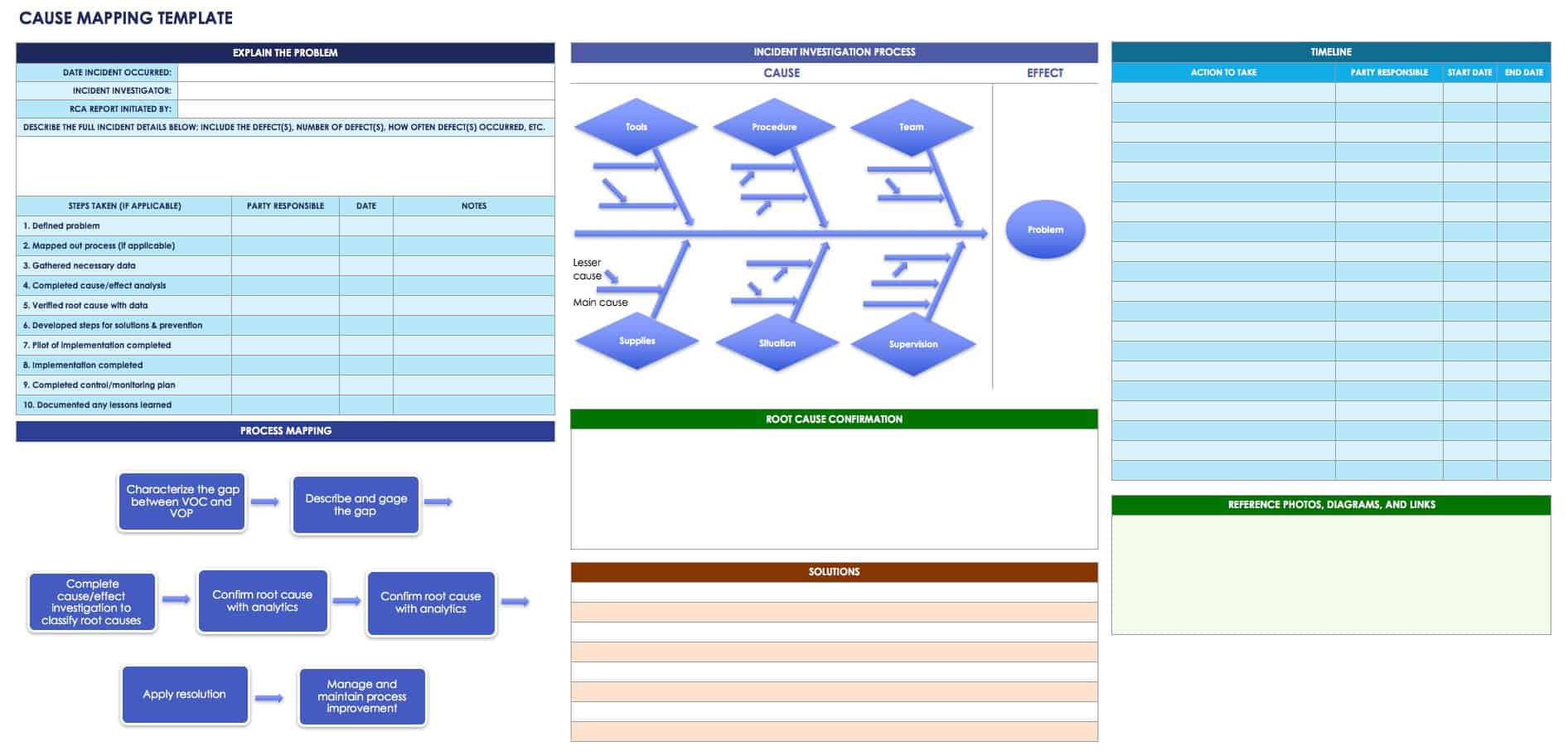

Step 12: Here's a close-up view of the 2nd Quadrant of the Problem-Solving Matrix. This is where you analyze your Subjective Thoughts about your Problem. Step 11: Next, we'll begin working on the 2nd Quadrant of the Problem-Solving Matrix (outlined in red). That's why we created the MySolver™ database software. Are there any gaps in your data?Ĭomplex problems can generate hundreds, even thousands of rows of data. Step 10: Review your Objective Data about your Problem. Step 9: Once you've completed your investigation of the Who aspects of your problem, repeat the process (in Steps 7 & 8) for What, When, Where, Why, How, From Where, and To Where. Also, write down the Tasks and Goals you have for yourself, for other people, and for groups you've included in your analysis. Remember, 'Who' questions have to do with the People, Groups, & Human Aspects related to your problem. Step 8: Write down any Information that's related to your 'Who' questions (i.e. That being said, if a good quick answer comes up - definitely write it down. Once you've got all your key questions listed, then you can go back and decide which ones need to be answered first. If you need some help to come up with good 'Who' questions, go to Toolkit and see our Preliminary List of Standard Who Questions.ĭon't get bogged down with answering each one of your key questions as they come to mind just write them down. Write down the 'Who' questions that you think are most important to understanding your problem. Write in your Major Categories in the space provided at the top of each one of your forms. You should have a 'Who' form for each one of your Major Categories. Step 7: Start with your Matrix Solver Form for 'Who'. You'll be grouping them by: Who, What, When, Where, Why, How, From Where, and To Where.

Your objective data includes your: Key Questions, Information (answers), Tasks, and Goals. Step 6: Get prepared to write down your objective data on your Matrix Solver Forms.

#Download analytics problem solver for excel pdf#
PDF version of Matrix Solver Form for Objective Data.pdf ( Click link to download PDF version). Preferred Option - For proficient Excel users ( see tab 'All Problem Objective Data'). Word version of Matrix Solver Form for Objective Data.docx ( Click link to download Word version).Įxcel version of Matrix Solver Form for Objective Data.xlsx ( Click link to download Excel version). Print out one copy of the Matrix Solver Form for each one of your Major Categories. Step 5: Download or print our Matrix Solver Form for your Objective Data (see Word, Excel, and PDF versions below). PDF version of Problem-Solving Matrix for Objective Data.pdf ( Click link to download PDF version). Word version of Problem-Solving Matrix for Objective Data.docx ( Click link to download Word version).Įxcel version of Problem-Solving Matrix for Objective Data.xlsx ( Click link to download Excel version). You may have noticed that this is very similar to the List Solver except it has your Major Categories in columns. This matrix shows your Major Categories in columns by Interrogatory Dimensions in rows. This exercise focuses your analysis on the Objective Data of your Problem (outlined in red below).Ĭlose-up view of the 1st Quadrant of the Problem-Solving Matrix. Step 3: We'll begin by working on the 1st Quadrant of the Problem-Solving Matrix. You want to get this right the first time. This is a really important step! Your Major Categories are the foundation that the rest of your problem-solving structure will be built upon. For help, use our Major Categories tool in the Toolkit to decompose your problem into its major factors. Your goal here is to identify all of your Major Categories. Step 2: Break your problem down in to its major component parts. PDF version of Problem-Solving Matrix.pdf ( Click link to download PDF version). Word version of Problem-Solving Matrix.docx ( Click link to download Word version).Įxcel version of Problem-Solving Matrix.xlsx ( Click link to download Excel version). The reason we've presented it here is so you can have an overview to refer to as you go thru this process. We know it looks complex but each step is pretty simple. If you're looking at this graphic for the first time, we don't expect you to completely understand it at first glance. Step 1: Explore the diagram below - it's a visualization of our entire Problem-Solving Matrix. Goal : To solve your problem using our unique 4-dimensional matrix.


 0 kommentar(er)
0 kommentar(er)
